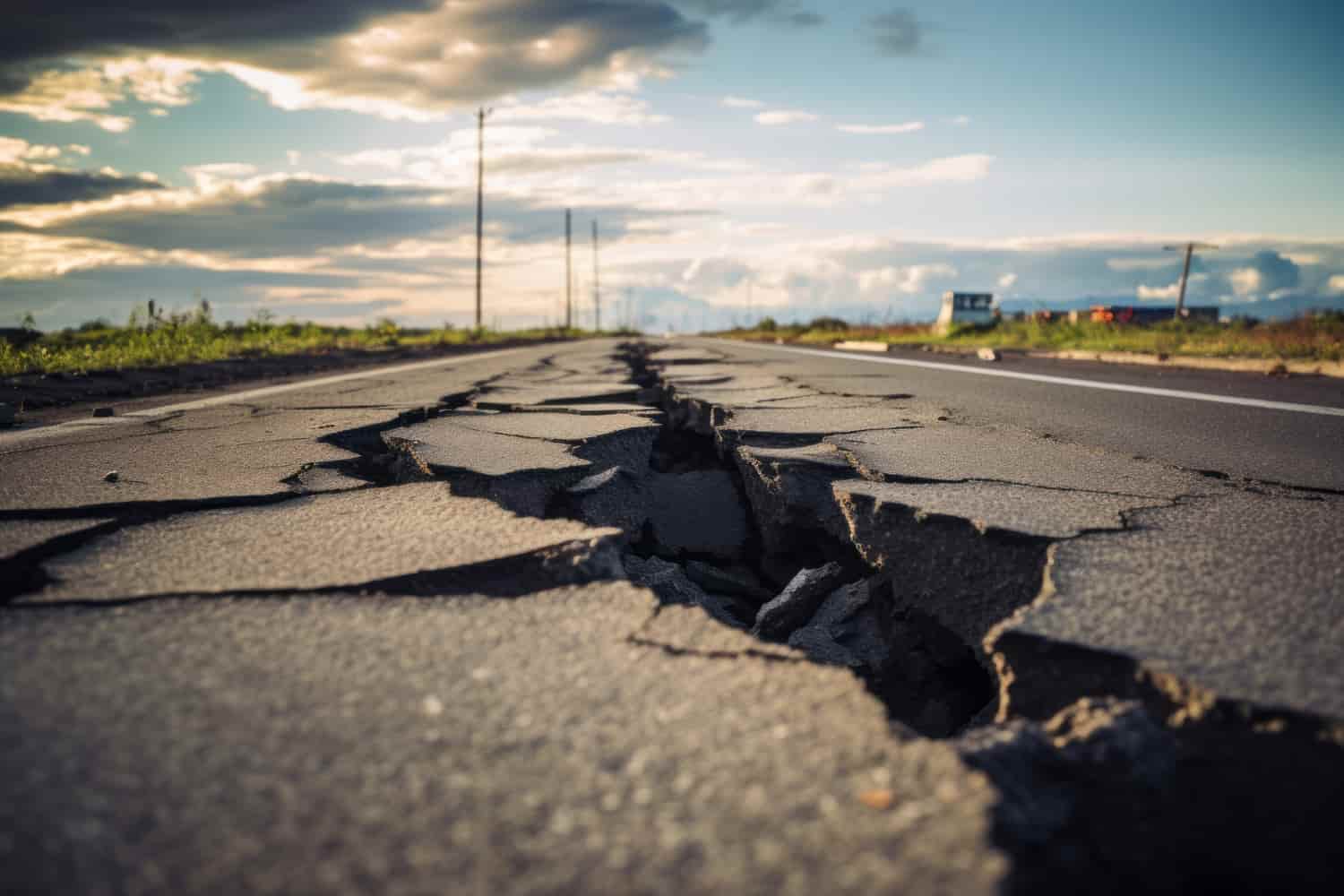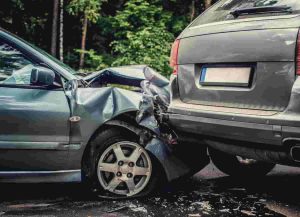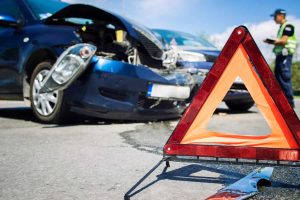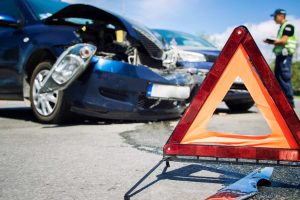Table of Contents
ToggleBraking distance is often overlooked until it is too late. A few extra feet can be the difference between a safe stop and a rear-end collision in a high-traffic area like Fort Myers. Understanding how far your vehicle needs to stop and how that impacts crash responsibility is crucial for every driver.
This article explains how the braking distance of a car affects accident outcomes, what factors influence that distance, and how a Fort Myers personal injury lawyer can help if you are injured due to another driver’s failure to stop in time.
What Is Break Distance and Why Does It Matter
Braking distance is the distance a vehicle travels from the moment the brakes are applied until it comes to a complete stop. It differs from thinking distance, which is the time it takes for a driver to react before braking begins. Combined, these make up the total stopping distance.
The braking distance of a car depends on multiple factors:
- Vehicle speed
- Tire condition
- Brake quality
- Road surface
- Weather conditions
For example, the average car braking distance at 60 mph under ideal conditions is approximately 180 feet. That is more than half the length of a football field. A crash is likely if a driver misjudges this or fails to maintain proper distance.
How Speed and Road Conditions Impact Braking Distance

Speed plays a critical role in braking distance. As speed increases, braking distance grows exponentially. A car traveling at 30 mph may need about 45 feet to stop, while a vehicle at 60 mph needs four times that distance.
In Fort Myers, conditions like rain, sand on the road, or sudden stops in traffic-heavy zones like Colonial Boulevard or US-41 can increase stopping distance. Poorly maintained roads or bald tires only make matters worse. Even slight downhill slopes can increase the braking distance for cars, huge SUVs, or trucks.
Drivers must also account for delays in reaction time. Distractions, fatigue, or impaired driving can significantly extend the time needed to respond and brake appropriately.
Break Distance and Crash Liability in Fort Myers
Failing to maintain a safe following distance is a common cause of rear-end accidents. Florida law generally presumes the rear driver is at fault in such cases unless proven otherwise. If a driver failed to allow sufficient braking distance or was speeding, they may be liable for damages.
A Fort Myers car accident lawyer will often rely on:
- Skid mark analysis
- Traffic camera footage
- Witness testimony
- Vehicle black box data
These resources help establish whether the driver misjudged the car’s braking distance and whether they could have avoided the crash.
How a Personal Injury Lawyer Can Help After a Braking Distance-Related Crash

Suppose you are injured in an accident where another driver failed to stop in time. In that case, a Fort Myers personal injury lawyer can investigate whether improper braking or excessive speed was involved.
Your attorney can gather:
- Police and medical reports
- Photographs of the scene
- Expert evaluations of stopping distances and collision dynamics
They will use this information to build a strong case, negotiate with insurance companies, and pursue compensation for medical expenses, lost wages, pain and suffering, and future care needs.
Injured Because Someone Couldn’t Stop in Time? We Can Help
Failure to respect the proper braking distance is a form of negligence. At the Law Offices of Wolf & Pravato, we hold drivers accountable when their poor judgment causes injuries. Whether it was a high-speed collision or a stop-and-go traffic crash, our team has the tools to prove fault.
We have recovered millions for accident victims, including a $3.85 million settlement. Call (844) 643-7200 today for a free consultation. You owe nothing unless we win.
FAQs
- What is the average braking distance for a car traveling at 60 mph?
The average braking distance under ideal conditions is about 180 feet, but it can increase with rain, poor tires, or heavy loads. - Can braking distance be used as evidence in a car accident case?
Yes. Braking distance helps determine if a driver was following too closely or speeding at the time of the crash. - What factors affect the braking distance of a car?
Speed, tire condition, road surface, brake system performance, and weather all play a role. - Is the rear driver always at fault in a braking distance-related crash?
Not always, but in most cases, the rear driver is presumed responsible unless they can prove the front driver acted negligently. - How can a personal injury lawyer prove improper braking contributed to a crash?
Your lawyer may use accident reconstruction experts, vehicle data, and physical evidence like skid marks to demonstrate negligent stopping behavior.




















